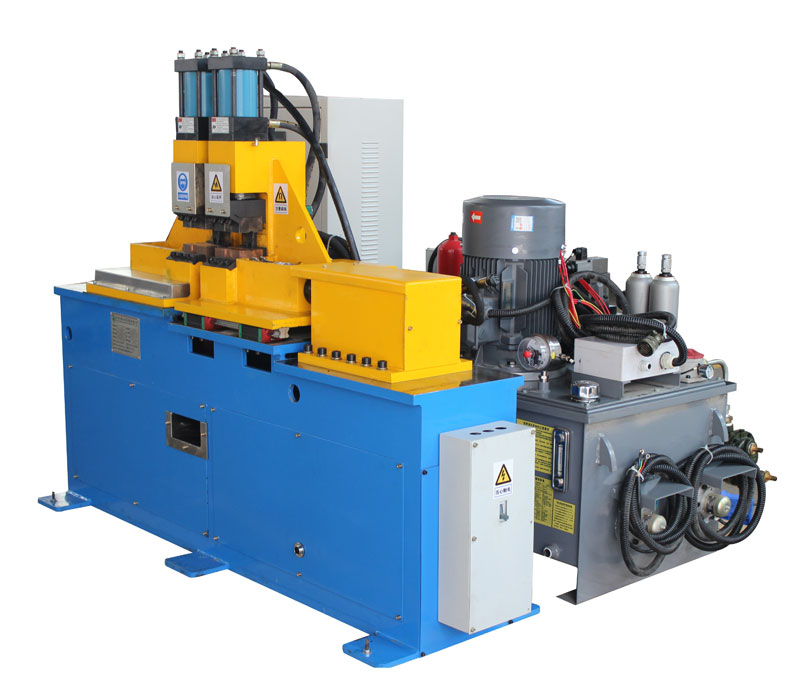Flash butt welding is a widely used technique in various industries for joining two pieces of metal together. It involves several critical stages, one of which is the upsetting stage. In this article, we will delve into the details of the upsetting stage in a flash butt welding machine, its significance, and the factors that influence the quality of the weld.
The Upsetting Stage in Flash Butt Welding
The upsetting stage is a pivotal part of the flash butt welding process. During this phase, the two metal workpieces are pressed against each other while an electrical current passes through them. This causes intense localized heating at the interface of the workpieces, leading to the formation of a molten zone. As the current continues to flow, the workpieces are brought into contact, forging a strong and durable weld.
Significance of the Upsetting Stage
The quality of the weld in flash butt welding is heavily dependent on the upsetting stage. Properly executed upsetting ensures that the two workpieces are securely joined, with a strong metallurgical bond. It also eliminates any contaminants or oxide layers on the metal surfaces, contributing to a clean and robust weld.
Factors Influencing Upsetting Stage
Several factors come into play during the upsetting stage, affecting the final outcome of the weld. Some of the critical factors to consider include:
- Current Amplitude: The amount of electrical current passing through the workpieces determines the heat generated during upsetting. Controlling the current is essential to prevent overheating or underheating, which can result in a weak weld.
- Time Duration: The duration for which the current is applied impacts the heating and melting of the workpiece interface. It is crucial to ensure an appropriate balance between time and temperature to achieve the desired weld quality.
- Pressure and Force: The force applied to bring the workpieces into contact, known as the forging pressure, plays a vital role. The pressure needs to be carefully calibrated to ensure a uniform and strong bond.
- Material Composition: The type and composition of the materials being welded influence the upsetting stage. Different metals have varying electrical and thermal conductivity, which affects how they respond to the welding process.
- Surface Condition: The surface condition of the workpieces is critical. Clean, well-prepared surfaces lead to better welds. Any contaminants or oxides on the metal can hinder the quality of the weld.
In conclusion, the upsetting stage in flash butt welding is a critical phase in the process, and its proper execution is essential for achieving high-quality welds. Understanding and controlling the factors that influence this stage is vital for ensuring strong, durable, and reliable welds in a wide range of applications. It is important for welders and engineers to pay close attention to these factors to consistently produce top-notch flash butt welds.
Post time: Oct-26-2023








